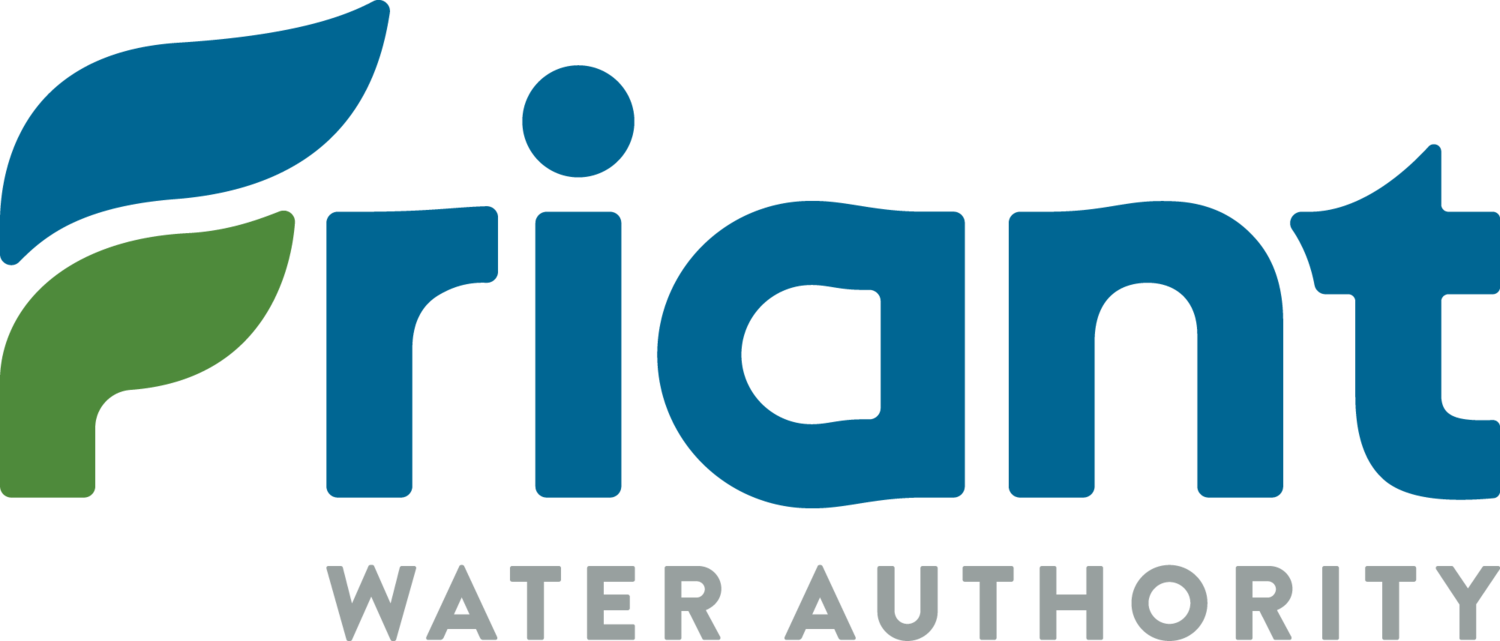The editorial board endorsement below appeared in the Fresno Bee on August 24, 2018. It can be accessed at https://www.fresnobee.com/opinion/editorials/article217097890.html.
This time, a state water bond has real money intended to benefit the Valley
By the Fresno Bee Editorial Board
Aug. 24, 2018
Four years ago California voters considered a $7.5 billion water bond that Valley supporters hoped would provide money to build a new dam on the San Joaquin River at Temperance Flat.
That $2.83 billion dam was to provide a critical new supply of water to the Valley, both for farmers as well as cities. The water bond, Proposition 1, was on the ballot in the midst of a crushing drought, and voters passed it handily. Valley officials hoped to get $1 billion for their project.
But four years later, nothing more than a trickle of money — $171 million — has been allocated by state officials for the Temperance Flat dam. Despite strenuous lobbying by Valley officials, the state Water Resources Control Board said the dam did not offer enough public benefit to justify more bond funding. Today its future is murky.
Now voters in November will consider yet another water bond — Proposition 3, also known as the Water Supply and Water Quality Act. It has an even bigger price: $8.8 billion. Stung by the experience of Proposition 1, Valley voters would be justifiably skeptical of this new one. But there are key benefits that make Proposition 3 worth supporting.
For one thing, the author of Proposition 3, Gerald Meral of the Natural Heritage Institute, says no other previous water bond has had a focus on the Valley like this one.
To start, $750 million would be devoted to repairing and restoring the Friant-Kern and Madera canals, key parts of the federal system that delivers water from Millerton Lake to Kern and Madera counties. Along the way, the canal provides supplies to Fresno, Orange Cove and Lindsay, as well as irrigation districts that serve much of the farmers on the Valley’s eastside.
Last year the Friant Water Authority discovered that land had fallen by as much as two feet along the canal near Corcoran. That subsidence means only 40 percent of the water that some farmers have contracted for can actually be delivered. Money from Proposition 3 will allow the authority to repair subsidence damage and restore the canal’s gravity flow so deliveries can be made as designed. If the canal is not fixed? Farmers will fallow more acreage, meaning less production, reduced hiring and fewer purchases in communities whose economies depend on agriculture.
Friant water is used by 17,000 growers in Fresno, Tulare and Kern counties, which are among the top areas in the nation for agricultural production. In 2015, crops grown in those three counties were worth $19.7 billion; growers taking water from the canal account for $10 billion of that.
Another $750 million would be devoted to safe drinking water and wastewater treatment programs for small towns whose residents are mostly low income. While the funding would be allocated statewide, the Valley is home to a number of communities that cannot deliver drinking water that meets state standards. A McClatchy investigation this year found that about 360,000 Californians are customers of water systems that violate state standards for nitrates, arsenic and other contaminants.
About $50 million would go to the Sierra Nevada Conservancy to clear out dead trees and brush and rehabilitate forest land where wildfires had burned. Another $200 million would be used by the conservancy for projects to restore watersheds. That is key to the Valley because the Sierra functions as the region’s main watershed.
The bond would allocate $640 million toward helping local water agencies implement plans to meet the Sustainable Groundwater Management Act. That state law requires underground aquifers to be in balance between pumping and recharge. Communities where underground basins are badly overdrafted, have water quality problems, or where subsidence is happening would get priority for funding. Many communities with overdrafts are located in the Valley.
There is opposition to the proposition. The Sierra Club believes money raised by the bond could be used to build new dams, something it has long opposed.
The Oakland-based environmental group also dislikes the allocation to fix the Friant-Kern Canal, saying a statewide bond measure should not be used to benefit users of a federal water system. The club points out that funding would be continuous for decades to come (and would ultimately cost $17 billion once interest is factored in), that legislators were not involved in drafting the proposition, and that the public does not have enough oversight going forward.
But Meral says no money is set aside for dam construction, and the Friant-Kern Canal needs repairs with or without a new dam on the San Joaquin. As for oversight, the proposition requires the state’s Natural Resources Agency to get an independent audit of spending every three years, and every six months regular updates would be posted on the agency’s website to let the public know how the projects are proceeding.
Whiskey may be for drinking and water for fighting over, as Mark Twain is famously reputed to have said. Certainly there is no more complicated topic in California than water. Prudent voters should take time to study the proposition.
The Bee strongly recommends approval because of how Proposition 3 would directly benefit the Valley. Fixing the Friant-Kern Canal, improving Sierra watersheds and getting clean water to Valley communities in a broad sweep, as this measure would do, is a once-in-a-lifetime chance.





